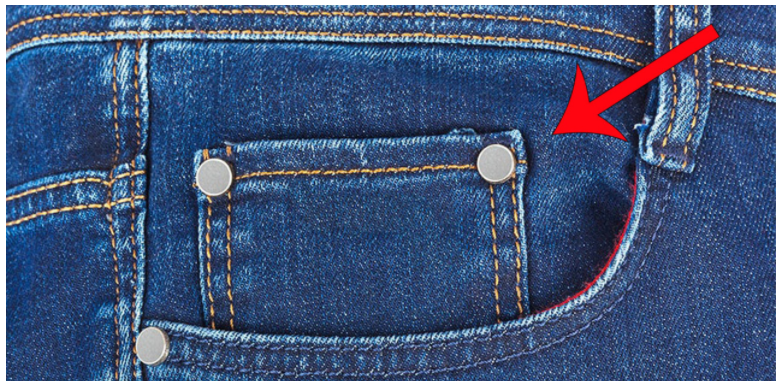
People are just discovering what the tiny pockets inside their jeans are used for and it turns out, it isn’t just for fashion.
The tiny pocket in jeans dates back more than two centuries and was first invented by a popular denim brand which is still well-known today.
Apparently, the tiny pockets within a jeans pocket (is the word ‘pocket’ starting to sound weird to you too?) were originally used to store pocket watches in. Of course, everybody has a smartphone or a wrist watch now, so why do some designers still include them?
It turns out the whole tiny pocket concept has an interesting history, which dates back two centuries to 1890. The tiny pocket was first used in Levi’s waist overalls (their original name for jeans) according to Insider, which sat down with Levi & Strauss Co.’s in-house historian Tracy Paneck.
“The oldest pair of waist overalls in the Levi Strauss & Co. Archives (from 1879) includes the watch pocket,” she told the publication.
Suit trousers didn’t require a watch pocket because a watch would be stored in the matching jacket or waistcoat.
Nowadays, Levi jeans and other brands still stitch the pocket in as a way of preserving that piece of history.
“The watch pocket was an original element of our blue jeans, like the rivets on our pockets, button fly, arched back pocket stitching and leather patch,” Panek explained. “To preserve the integrity of the early design, Levi Strauss & Co. maintains the watch pocket.”
Interestingly though, jeans made during the Second World War didn’t include metal studs in the tiny pockets because metal needed to be preserved for the war efforts.
So there you have it, next time somebody asks why their jeans have that tiny pocket or you want to impress someone with a piece of useless knowledge, you can tell them.
Credit : TYLA .com
Picture Credit : Google


